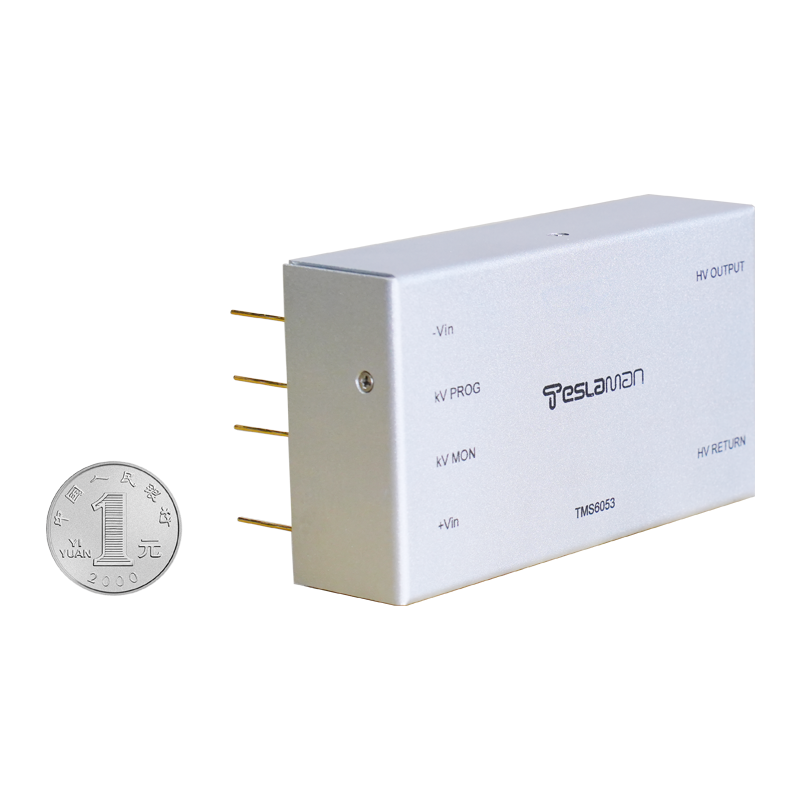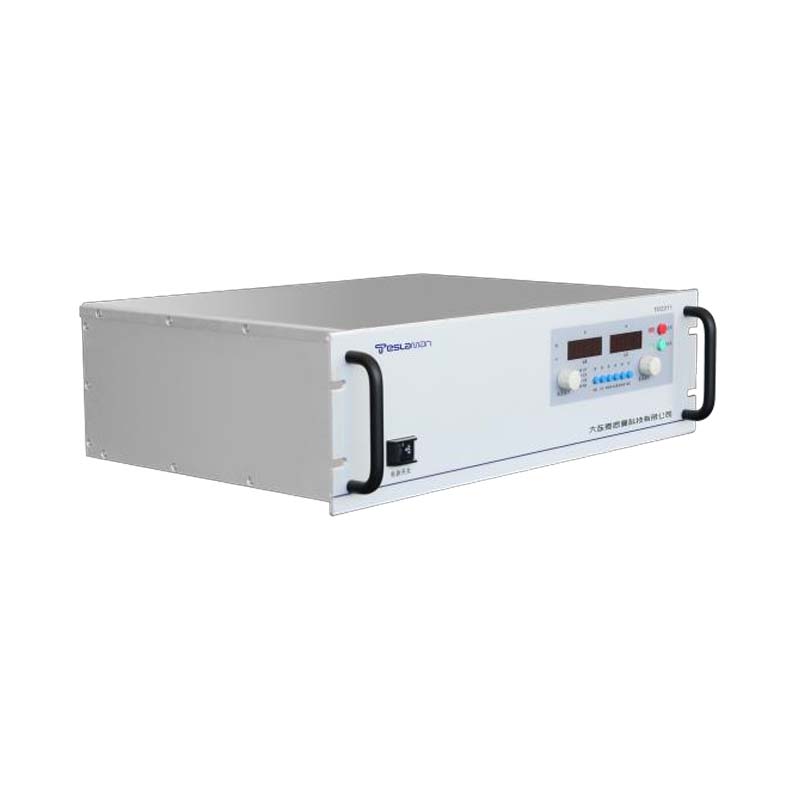The Pivotal Application of High-Voltage Direct Current Power Supplies in Power Transmission
Abstract: With the advancement of technology and the continuous development of power systems, high-voltage direct current (HVDC) transmission technology has become an essential component of modern power systems. High-voltage direct current power supplies play a crucial role in power transmission due to their unique advantages such as strong long-distance transmission capability, low power loss, and high system stability. This article will provide a detailed explanation of the principles, characteristics, and applications of high-voltage direct current power supplies in power transmission.
1. Introduction
As technology advances and power systems evolve, high-voltage direct current (HVDC) transmission technology has become a vital part of modern power grids. High-voltage direct current power supplies have significant advantages that make them indispensable in modern power systems, such as their strong long-distance transmission capacity, low power loss, and high system stability. This article will discuss the working principles, characteristics, and key applications of high-voltage direct current power supplies in power transmission.
2. Working Principles of High-Voltage Direct Current Power Supplies
High-voltage direct current power supplies are achieved by converting alternating current (AC) to direct current (DC). This process is typically accomplished using rectifiers (such as thyristors or diodes), which can remove the negative or positive half-cycle of the AC current, resulting in unidirectional DC current. Then, inverters are used to convert the DC power back to AC power to meet the demands of different electrical equipment. In HVDC transmission systems, rectifiers and inverters are critical devices whose operating efficiency and performance directly impact the overall system's effectiveness.
3. Characteristics of High-Voltage Direct Current Power Supplies
1. Strong Long-Distance Transmission Capability: Since DC power does not have frequency or phase variations, power loss during long-distance transmission is relatively low, and transmission efficiency is high. This makes HVDC transmission technology particularly advantageous for interconnection of large regional power grids and submarine cable transmission.
2. Low Power Loss: HVDC transmission lines have relatively low resistance losses and do not exhibit the capacitance and inductance losses present in AC transmission, resulting in lower power loss.
3. High System Stability: HVDC transmission systems have fast power regulation capabilities, allowing them to effectively maintain stable system operation. Additionally, DC transmission systems can perform black start functions, providing backup power to critical loads when AC systems fail.
4. Adaptability: HVDC transmission systems can be adjusted according to different power demand and grid conditions, demonstrating strong adaptability. For example, DC voltage levels and current magnitudes can be altered to meet various scenarios' power needs.
4. Key Applications of High-Voltage Direct Current Power Supplies in Power Transmission
1. Interconnection of Large Regional Power Grids: HVDC transmission technology enables the interconnection of large regional power grids, enhancing grid stability and reliability. For instance, China has built several ultra-high-voltage DC transmission lines connecting northwest, north, and east China regions.
2. Submarine Cable Transmission: Submarine cable transmission features long distances, high investment costs, and difficult maintenance, making HVDC transmission technology an effective solution for reducing power loss and investment costs. For example, China's Zhoushan Islands-mainland submarine cable transmission project employs HVDC transmission technology.
3. Urban Grid Transformation and Upgrade: With urbanization and growing urban power demand, urban grid transformation and upgrading are becoming increasingly important. HVDC transmission technology can upgrade urban grids without altering existing structures, improving power supply capacity and quality.
4. Integration of New Energy Generation: As new energy generation technologies continue to develop, such as wind and solar power, the large-scale integration of renewable energy sources poses new challenges for grid operation and management. HVDC transmission technology enables smooth integration and effective dispatching of new energy generation, enhancing grids' ability to accommodate renewable energy.
5. Conclusion
In conclusion, high-voltage direct current power supplies have pivotal application value in power transmission. With continuous technological advancements and power system development, HVDC transmission technology will continue to leverage its unique advantages, making significant contributions to the construction of a clean, low-carbon, safe, and efficient modern energy system.




















